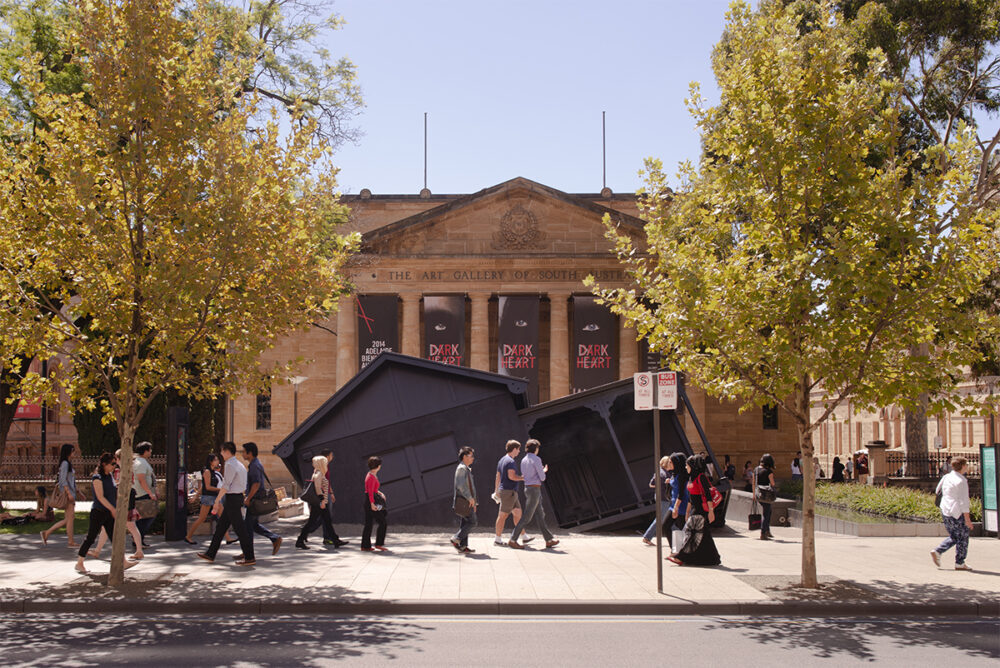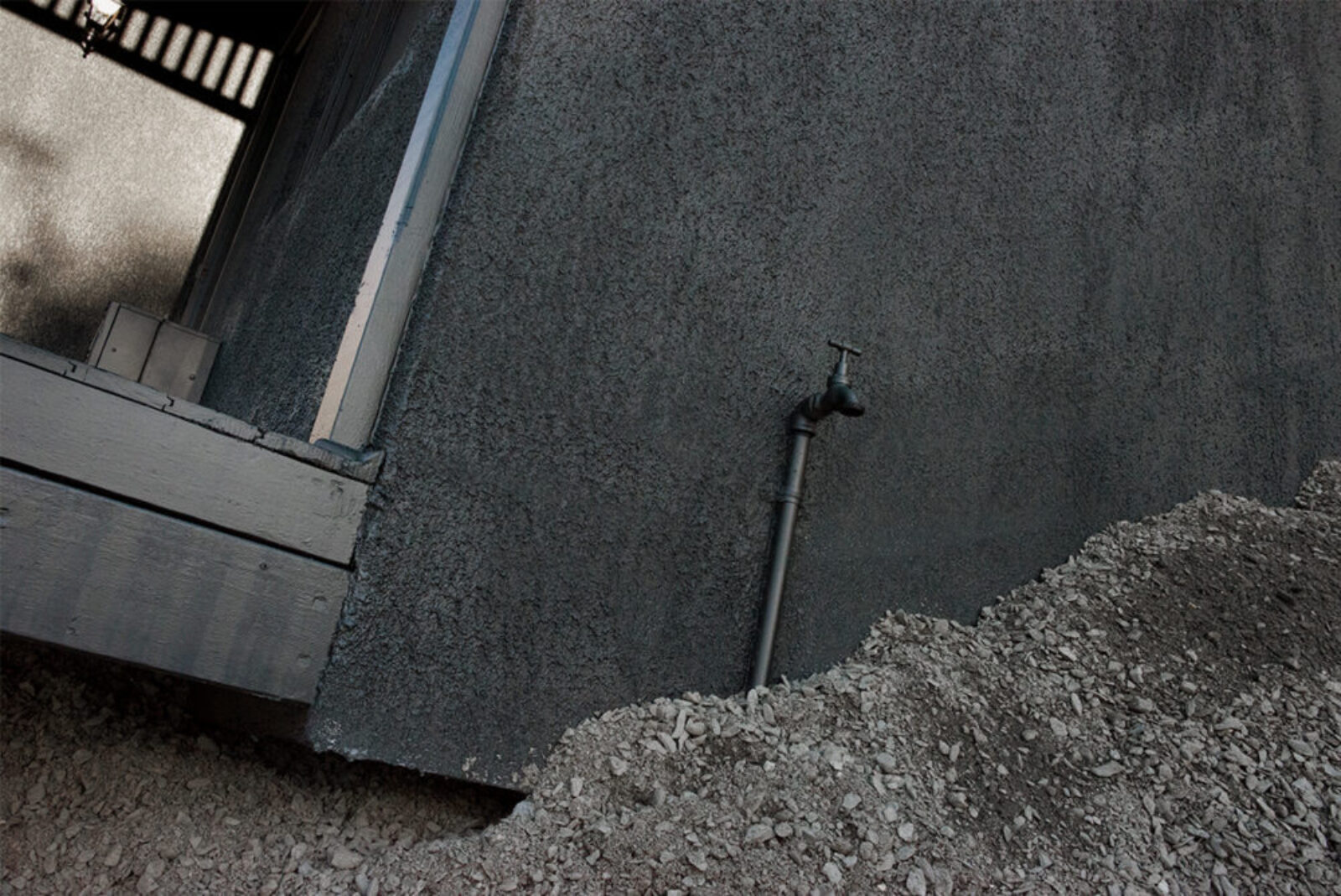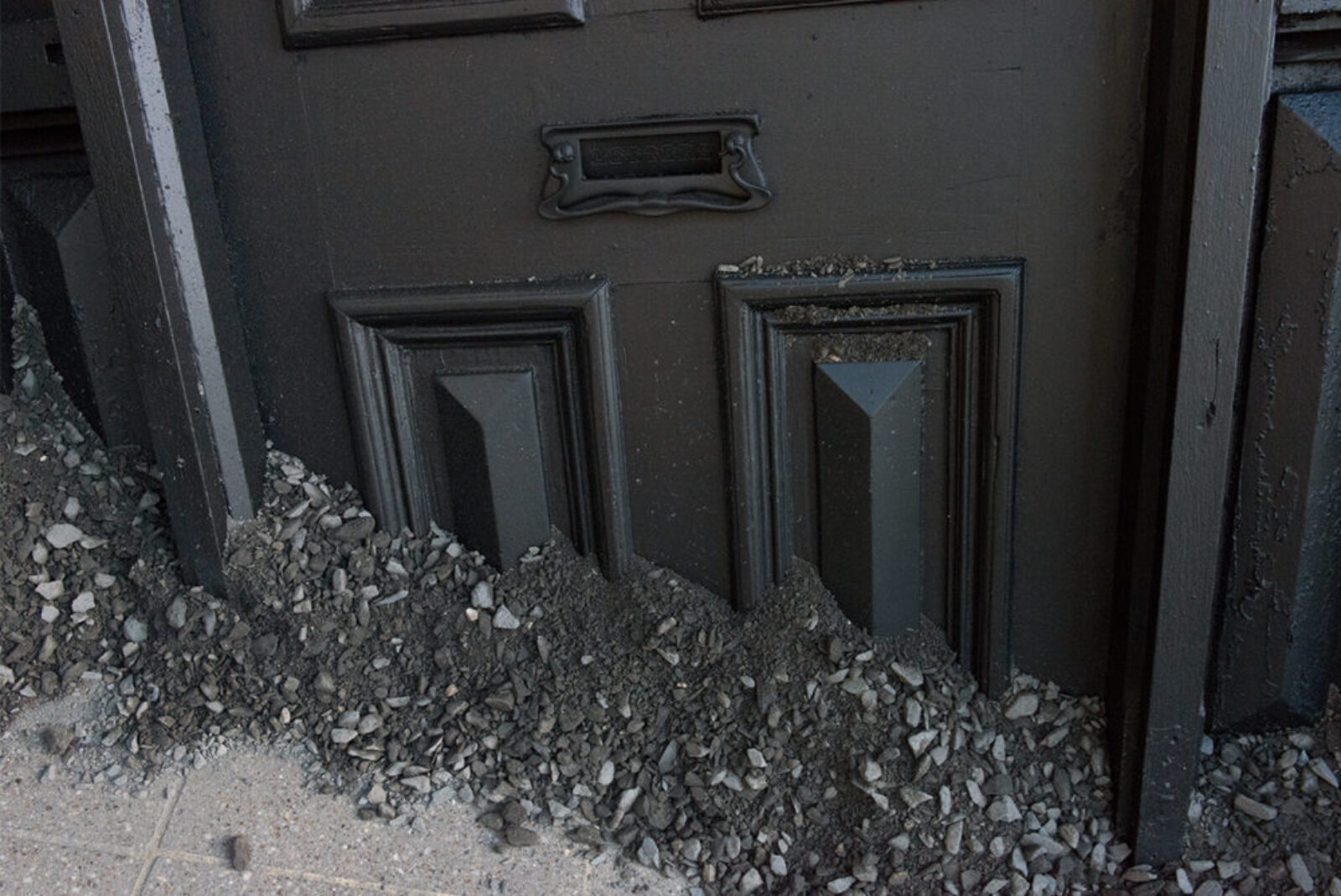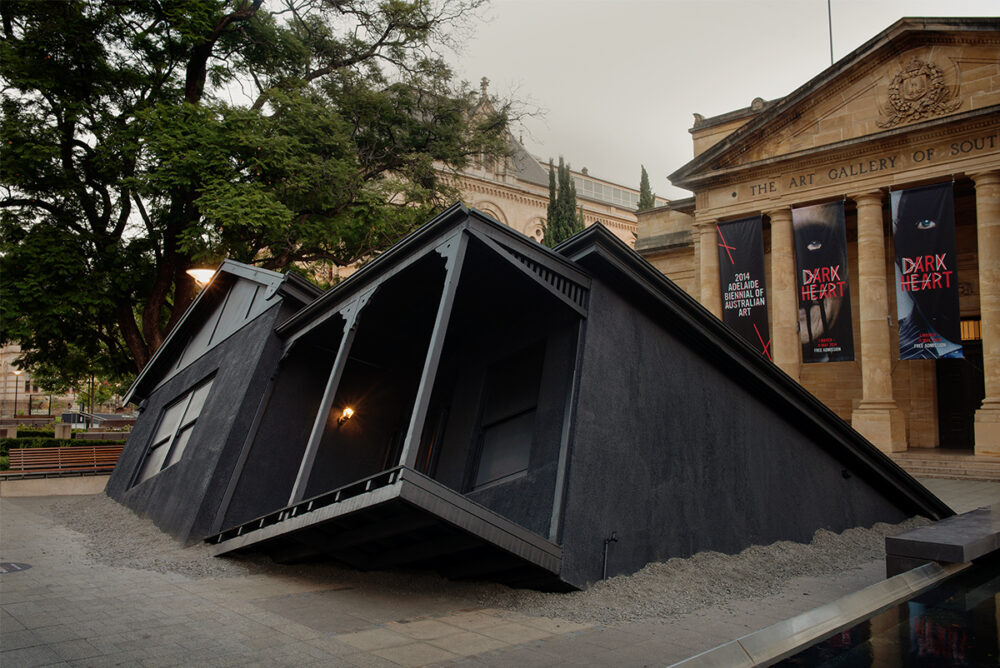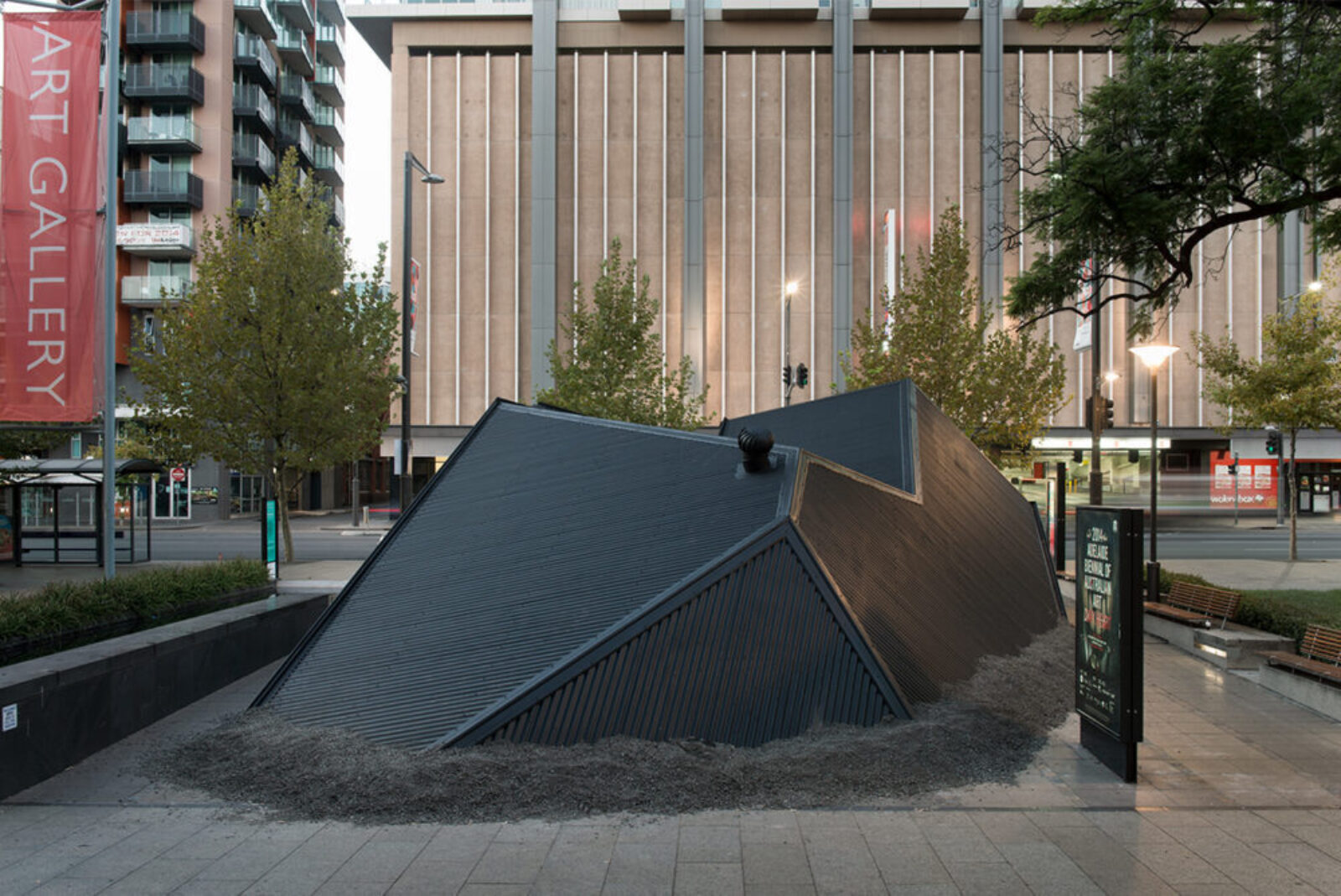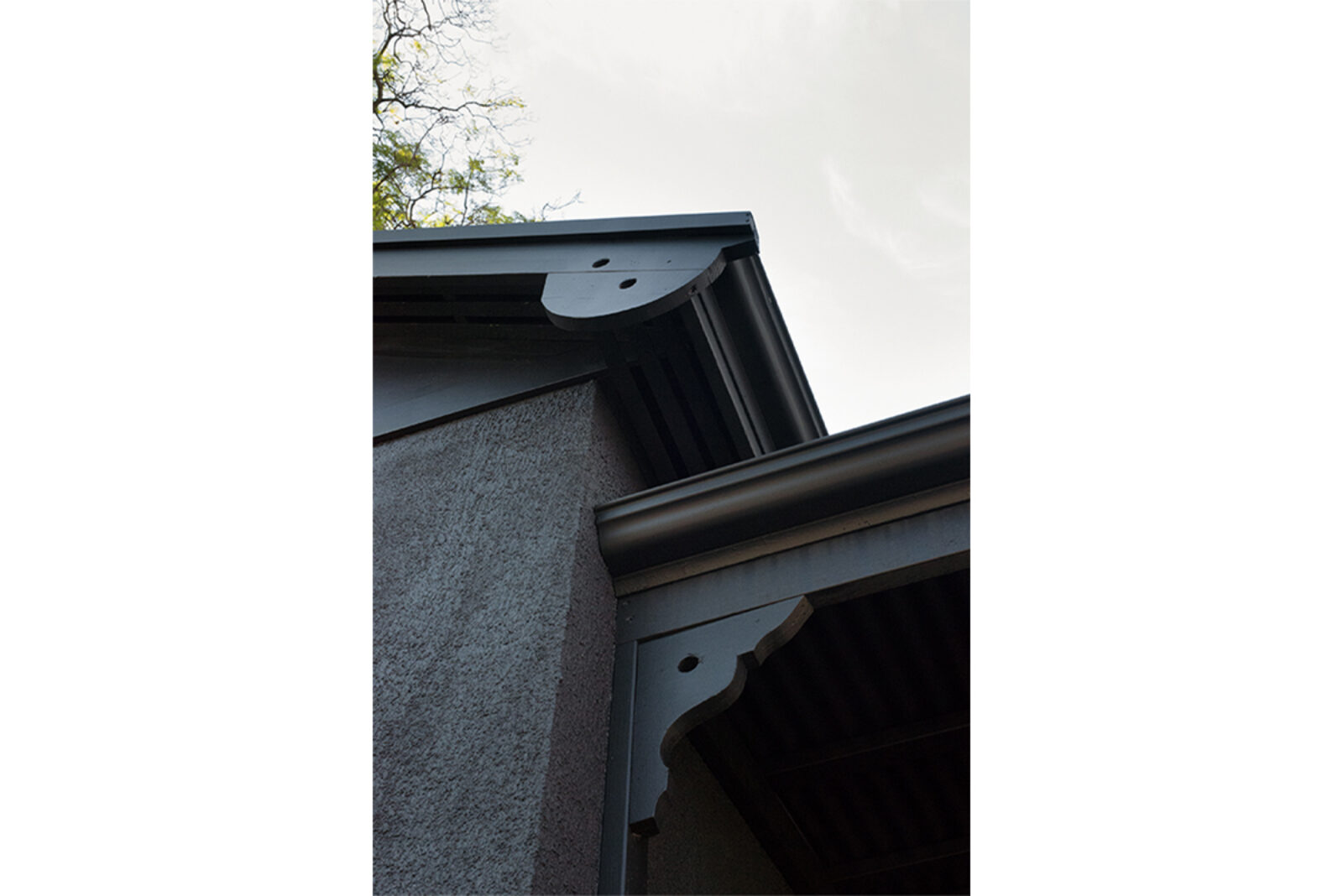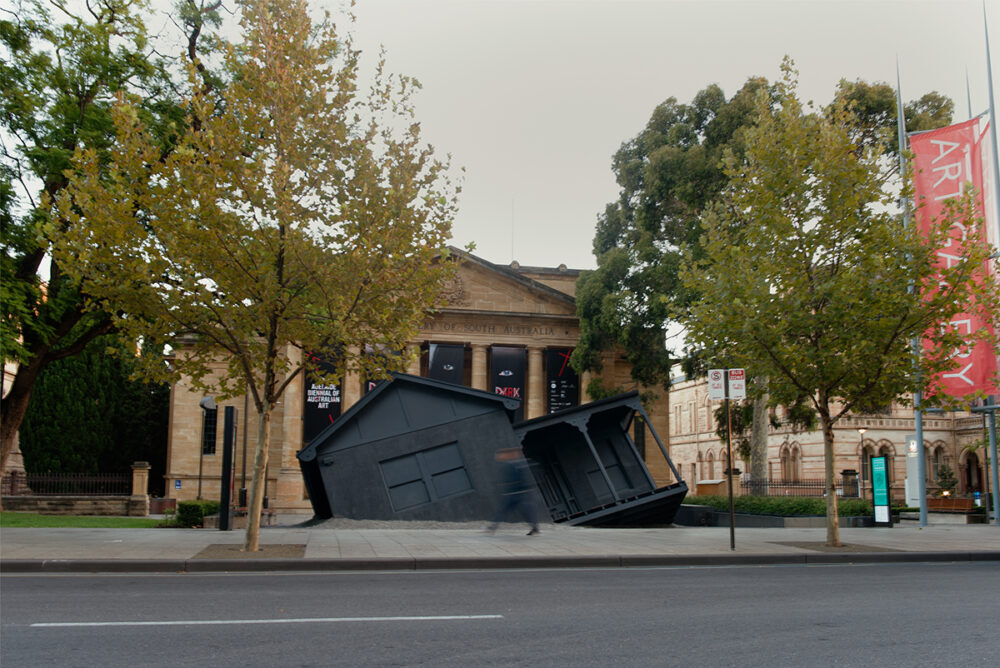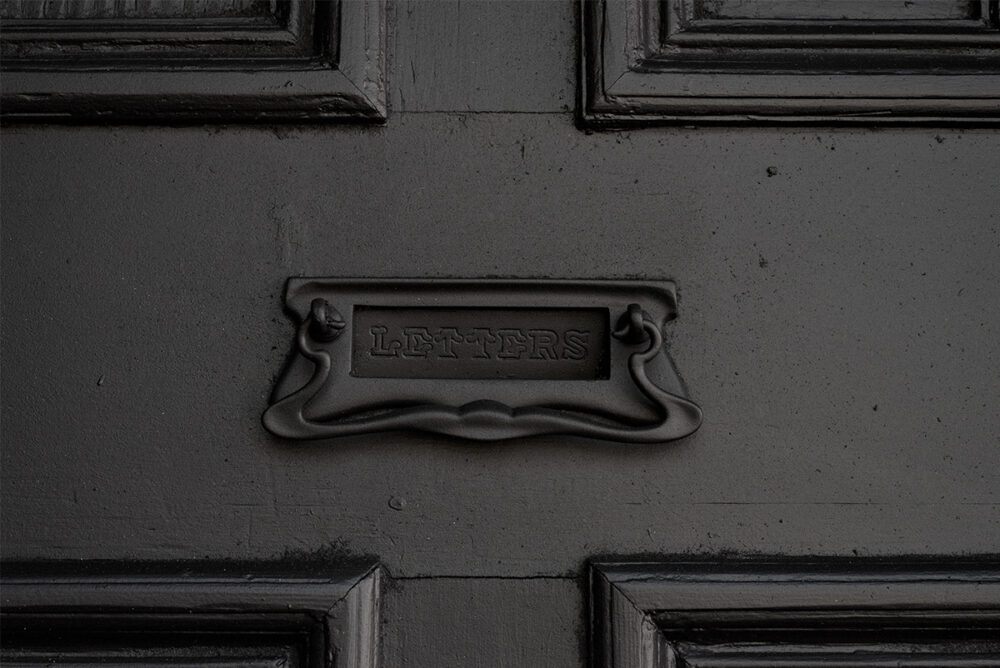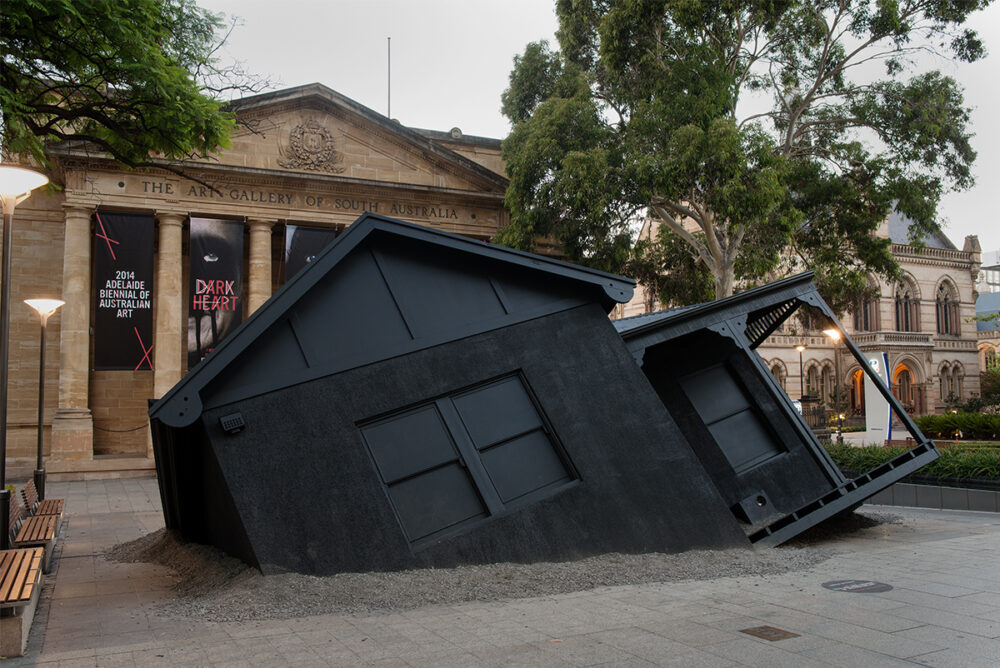Sculpture
LANDED, 2014
Site-specific sculpture
Positioned on the forecourt of the Art Gallery of South Australia, LANDED is a site-specific sculptural work commissioned for the 2014 Adelaide Biennial of Australian Art: Dark Heart at the Art Gallery of South Australia.
Curated by Nick Mitzevich, the Biennial’s theme investigated personal, political, and psychological dimensions of Australia’s cultural identity with works by 25 of Australia’s leading contemporary artists including: Tony Albert, Brook Andrew, Del Kathryn Barton, Martin Bell, Ian Burns, eX de Medici, Julia deVille, Dale Frank, Tony Garifalakis, Fiona Hall, Brendan Huntley, Kulata Project – Tjala Arts, Rosemary Laing, Richard Lewer, Dani Marti, Trent Parke, Ben Quilty, Caroline Rothwell, Alexander Seton, Sally Smart, Ian Strange, Warwick Thornton, Lynette Wallworth, Martumili Artists, and Ah Xian. Established in 1990, the Biennial is Australia’s flagship exhibition of Australian contemporary art.
2014 BIENNIAL OF AUSTRALIAN ART
March 1 - May 11, 2014
Art Gallery of South Australia
Writing
ESSAY: 'Deus ex Domus'
by Ashley Crawford
Originally published by the Art Gallery of South Australia (AGSA), March, 2014
ESSAY: 'Deus ex Domus'
by Ashley Crawford
Originally published by the Art Gallery of South Australia (AGSA), March, 2014
Deus ex Domus
by Ashley Crawford
Ian Strange, in his chosen medium of the deserted house, is doing something strange (excuse the pun). If anything he is painting the inside of the house on the outside. Not in an obvious way of course, but it may be said that he is painting the mood of the former home, inverting interior with exterior, perhaps illustrating the fate of the occupant(s), portraying via his own fevered imagination, the catastrophization of the inhabitants.
These are episodes of Neighbours directed by David Lynch and scripted by Stephen King with advice from Sigmund Freud. Indeed there is much of the famous psychoanalyst running through these works, Freud’s notion of the Das Unheimliche, ‘the opposite of what is familiar’ – sometimes also referred to as the Unhomely – the concept of an instance where something is distinctly familiar yet foreign and unnerving at the same time, resulting in a simultaneous sensation of it being both uncomfortably strange and familiar. Strange is simply photographing suburban houses but…
There is plague. A massive, aggressive, bloody cross. A warning.
There is death. The very house as momento mori. A leering and malevolent skull. A murder?
There is void. A gaping spiritual vacuum. A gaze into the abyss.
There is fire. Pyromania. The utter flaming gutting of an unspeakable presence. A violent cleansing. Burnt-out lives.
Strange’s most recent project, Landed, is, in some ways, his most ominous and portentous to date. A sculptural, to-scale installation of a replica suburban Australian home, half-hidden, appearing to have fallen from the sky and buried itself into the ground. It is what one cannot see in this work that gives it its’ frisson. In this regard Landed shares much in common with Mark Z. Danielewski’s renowned 2000 experimental novel House of Leaves in which the protagonists discover that the external measurements of their house are larger than the apparent internal measurements, ensuing a hunt for hidden spaces which spark both psychological and emotional terrors. In Landed it is what lies below that cause the intrigue as much as the circumstance that caused the house’s landing (or, indeed, even more peculiarly, perhaps it was designed that way from inception.)
That Strange has opted to create many of his works in America is unsurprising. In effect suburbia is an American invention. The idyllic environs of a leafy street gone awry.
The suburbs are full of houses that are meant to be homes. But all too often, hidden behind these neat facades, there is a void; a world of soulless boredom at best, a hive of domestic violence – both psychological and physical – at worst. And they have spread like a fungal growth, coating the land, springing up massive malls and fast-food dumps as gross accouterments, buboes of glass and cement.
These environments have, inevitably, led to a corrosion of the soul. Strange doesn’t paint the exteriors of these ‘homes’, he exorcises their internal emotional and psychic plumbing. He brings to the surface the inner pain and rot of the lives that had been led inside. A Deus ex Domus. Or, perhaps more aptly a Daemon ex Domus – the demon in the house exposed, brought to light via Strange’s ritualistic performances.
A void, a fire, a cross, a skull. These bleak but strangely beautiful images may be read as a sociological commentary and indeed commentators have brought up the notion of Strange’s work as reflecting the disastrous state of housing in much of the poorer zones of America, a state equally relevant to housing in Australia from where the artist hails. But I believe Strange’s work is more about a poetics of decay, not just physical but deeply psychological and spiritual decline.
Suburban motifs seem to inspire many Australian artists, from the likes of Howard Arkley, Jenny Watson and Bill Henson to such younger practitioners as Callum Morton. Australia is, after all, like America, a land of the distinctly suburban. But it is what lies beneath the façade of suburbia that Strange brings to light in all of its terrifying intensity.
—
Ashley Crawford is a freelance cultural critic based in Melbourne, Australia. He writes regularly on the arts for The Age Newspaper and has written for The Australian, The Finacial Review, The Sydney Morning Herald, The Australian Art Collector, Art World, Art Monthly, Eyeline and numerous other magazines. He is the Author of a number of books on Australian art including; ‘Spray: The work of Howard Arkley’ (Craftsman and House), ‘Wimmera: The work of Philip Hunter’ (Thames & Hudson), ‘Gelerland: The work of Stephen Bush’ (Sante Fe Museum) and ‘Lines of Fire: Time Storrier’ (Thames & Hudson). He is the former editor of Art World, 21.C, Tension and Artbyte magazines and the current editor of Photofile.
